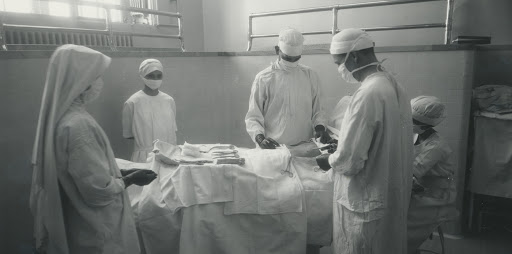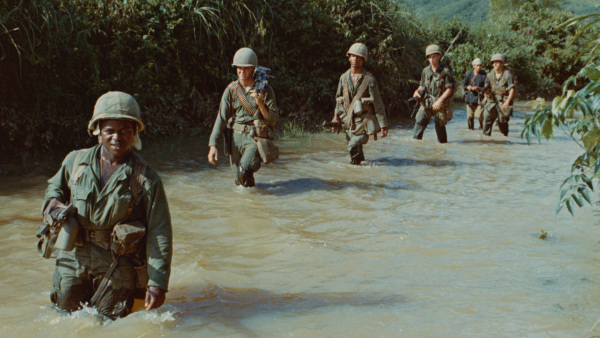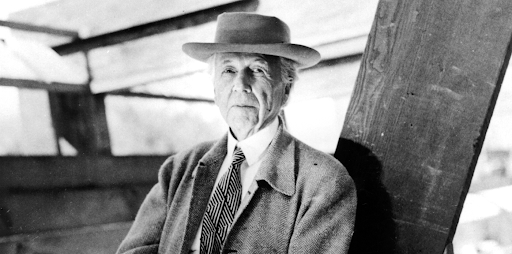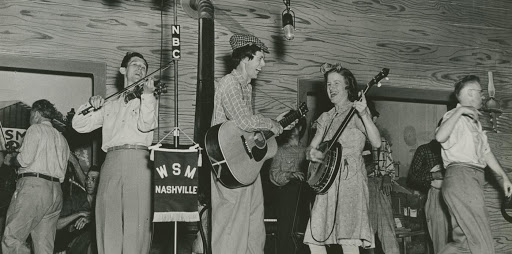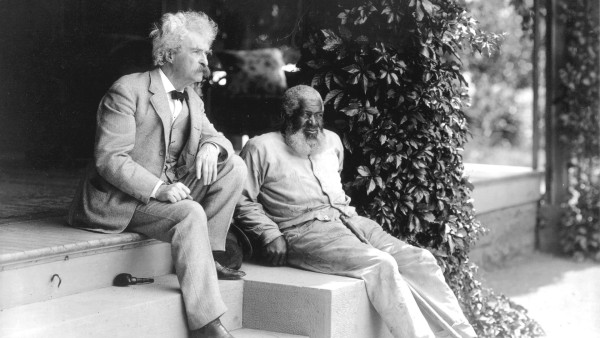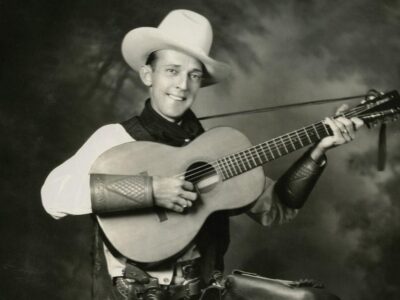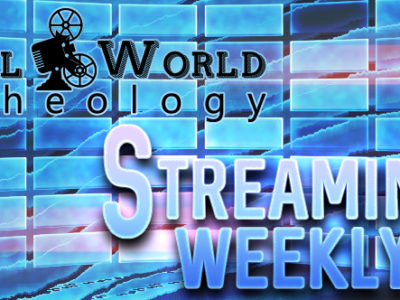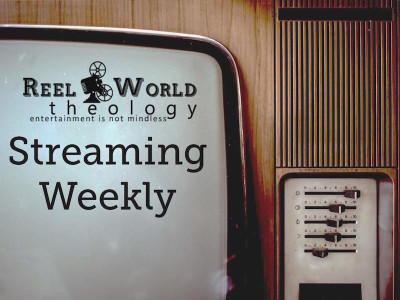The Best of Ken Burns
For almost four decades, filmmaker Ken Burns has been making informative and entertaining documentary films that celebrate the different people, events, icons, and art forms that have made the United States of America a unique society in the world.
Burns’ films were a breakthrough for the genre. While history documentaries were seen by most people as dry and boring, Burns made the stories come to life with all the drama and emotion of a film—even if what was on screen was a grainy photograph. Through his signature use of pans, close-ups, emotional music (especially piano), and other filmmaking techniques, Burns brought character and life out of the past and made those old voices live again.
It’s also clear looking at his back catalog that Burns has a lot of respect for his audience. When he’s at his best, Burns simply lets the stories of the past play out with little bias or favor, giving all sides of an issue or event a fair shake. The audience is then challenged to form their own opinions about the story, which makes the film so much more engaging and thought-provoking.
I credit Ken Burns with pouring some serious gasoline on the fire that was my passion for American history. I was a kid when I saw my first Ken Burns documentary series on PBS, and it captivated me from the start. The raw human emotion that came forth made me understand that history wasn’t just old photos and dates to memorize, but a collection of real human stories—good, bad, and in between.
Burns also heavily influenced the way I tell stories in my professional career in entertainment, and I always try to find ways of incorporating history into my projects.
Another aspect of Burns’ films that is well known is their length. Many of his works are highly detailed and consist of multiple episodes, running anywhere from four to nineteen hours. These massive lengths are often ridiculed, but I argue that they are entirely necessary to fully understand some of these complicated subjects. One comes out of these films with a new insight to history because of all the details.
My recent review of his latest film, Country Music, prompted me to think of other projects in his body of work that have impacted me and my outlook on history. With states and localities under various degrees of stay-at-home orders due to the COVID-19 pandemic, it may be a good time to dust off some of these old stories to pass the time. These films are the types of stories we could all use right now.
So here are my ten favorite Ken Burns films, along with where you can stream them at home.
#10: The Mayo Clinic: Faith, Hope, Science (2018)
Written by David Bilstein and Ken Burns
Co-directed with Christopher Loren Ewers and Erik Ewers
During the past few weeks of this pandemic, we have all been reminded just how much we rely on our medical professionals to keep us healthy and help us make important decisions about our future. This documentary is a perfect companion piece to that realization.
I was not very familiar with the Mayo Clinic, so I went into this blind and left inspired by the story of this unique place of healing. Ken Burns and his co-directors brilliantly peppered the main narrative with stories of today’s real people who were helped by the doctors at Mayo—a poignant touch that brought the humanity of the organization front-and-center. The clinic’s faith-based origins were particularly interesting, pointing out that spiritual healing is a very important component of the physical healing process.
Where to watch: Rental/purchase only (Amazon Prime, YouTube, Google Play, Vudu)
#9: The Vietnam War (2017)
Written by Geoffrey C. Ward
Co-directed with Lynn Novick
One of the most complicated subjects in American history is the Vietnam War. Amidst social change and societal upheaval, Americans fought with themselves over the purpose of the conflict while blood was still being shed. Burns and Lynn Novick did an exceptional job of boiling the history down to an excellent narrative: explaining who the key players were and how all the machinations came together and then fell apart. The original music, written by Trent Reznor and Atticus Ross, ratcheted up the emotional underpinnings with its dissonant and haunting melodies.
The Vietnam War was indeed a fair portrait of the event, to a point. Why it’s not higher on this list is due to some creative choices Burns made that affected some aspects of the film’s impartiality, in my view. However, it greatly succeeded in portraying the overall theme of this conflict, which was an overwhelming arrogance on both sides, and ended on a hopeful note of redemption and reconciliation.
Check out my full review here.
Where to watch: Netflix, Kanopy
#8: Frank Lloyd Wright (1998)
Written by Geoffrey C. Ward
Co-directed with Lynn Novick
American history is filled with enigmatic geniuses in all sorts of fields. Architect Frank Lloyd Wright was a genius with feet firmly planted in both the arts and sciences. During a career that lasted seven decades, Wright designed buildings that gave humanity and harmony to even the most utilitarian of structures, which he labeled as “organic architecture.” Burns and Novick brought Wright’s story to life through those buildings with inventive photography and some choice classical music.
This film delved into Wright’s creative drive and obsession with his own creation. Artists often become enamored of their own talent at the expense of everything and everyone around them, including family. Wright’s story was that of a great man who knew he was great and acted with a hubris so profound that he no doubt saw himself at the center of the universe. Humanity has struggled with that sin pattern, and its consequences, since the beginnings of man.
Where to watch: Amazon Prime (under Ken Burns: American Lives), Kanopy
#7: Country Music (2019)
Written by Dayton Duncan
Ken Burn’s newest film was one of his best in a while. I had a passing appreciation for country music before viewing this series, and it really opened my eyes to the depth and breadth of the genre’s story, how there is more substance to it than I had previously realized, and how the musical advances made with country music propelled the entire American music industry. It was a fascinating story to watch unfold in a way that only Ken Burns could convey.
Like the music that it celebrated, Country Music was a simple story told in the most sincere way possible, highlighting the origins, highs, and lows of the industry and its artists and impresarios. There was laughter, tears, and lots of great stories about how this truly American art form has evolved over the course of a century. But the film’s greatest strength was highlighting country music’s greatest asset: its humanity and ability to reach people on a deep level.
Where to watch: PBS
Check out my full review here.
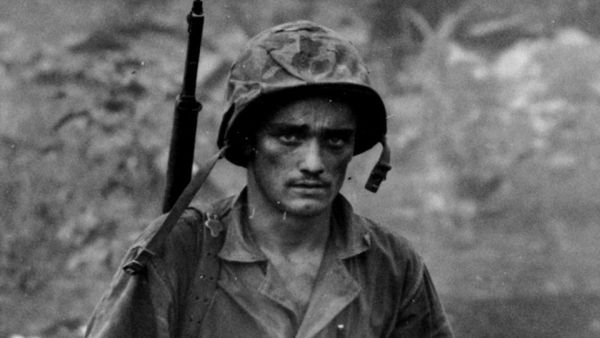
#6: The War (2007)
Written by Geoffrey C. Ward
Co-directed with Lynn Novick
Out of all the wars fought by the United States, World War II is probably the least complicated or controversial. A clear contest between good and evil with the world hanging in the balance, the Second World War is a sprawling story, difficult for any one project to thoroughly depict. Ken Burns and Lynn Novick chose a rather ingenious approach to the subject by seeing the war through the eyes of the residents of four distinctly American towns in four different regions of the country. It made the war a very human story that connects with everyone, while at the same time still telling the overall story of the bloodiest conflict in world history.
The brave men who fought in this “necessary war” saw horrors we can only imagine in our darkest nightmares. The brutality man can inflict on other men was put on display in the jungles of Bataan, the camps of Auschwitz, the hills of Iwo Jima, the sands of North Africa, and other hell holes around the world. But within those horrors and hell holes was hope and the best of humanity as well: men willing to sacrifice themselves to protect and save strangers. One of the noblest things a man can do, according to Jesus, is lay down his life for his friends.
#5: Mark Twain (2001)
Written by Dayton Duncan and Geoffrey C. Ward
Frank Fuller, a friend of the celebrated writer Mark Twain, once remarked that Twain wasn’t just an American, he was the American—and it was pretty true. Through his prose, he gave American literature its unique voice, making the way Americans talked as poetic and powerful as anything written by Shakespeare.
In this film, Ken Burns celebrated Twain’s literary triumphs as well as his personal tragedies, and there were plenty of the latter. Twain would use humor as a way to deal with those tragedies. A consummate performer, Twain’s humor connected him to people, as he didn’t see himself as a highfalutin author, but one of them. He made witty observations about the American character and included himself in the fray—reminding everyone that we all can be silly and stupid at times.
Where to watch: Amazon Prime (under Ken Burns: American Lives), Kanopy
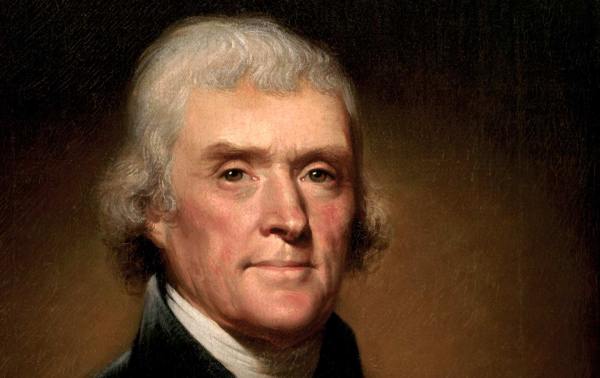
#4: Thomas Jefferson (1997)
Written by Geoffrey C. Ward
The founders of the American nation have been immortalized in statue and portraiture since the founding itself. But these men whose ideals forged a new way of governance were, in fact, men. Such was the case with Thomas Jefferson, the brilliant writer of the Declaration of Independence and the nation’s third president, among many other amazing accomplishments. Ken Burns brings Jefferson the man to life and makes him human again, with all the potential for both greatness and folly.
Jefferson’s life mirrored the ideological gap between the founding ideals and the reality of not just America, but of humanity itself. Today, this latent hypocrisy has often been turned against Jefferson by modern detractors in order to bring Jefferson and his accomplishments down. Burns doesn’t shy away from Jefferson’s flaws or downplay them, but places them into historical context; for the ideological disconnect from which Jefferson suffered is a relatable flaw we all share as human beings.
Where to watch: Amazon Prime (under Ken Burns: American Lives), Kanopy
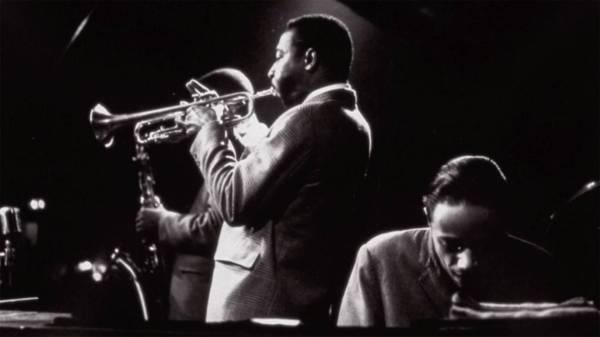
#3: Jazz (2001)
Written by Geoffrey C. Ward
Like country music, jazz is a uniquely American art form culled together from a litany of sources and styles to become something extraordinary. While country’s origins can be traced to mostly white sources like Gaelic and “hillbilly” music, jazz can trace its beginnings to the spirituals sung by black slaves as they worked in the fields. This makes Ken Burns’ Jazz an excellent companion piece to Country Music, giving the viewer a look at two very different sides of the American musical experience.
Jazz also gives keen insight into the concept of artistic improvisation. While it’s not unique to American art, improvisation is a heavy aspect of it. Like the nation itself, jazz has been reinvented several times over its relatively short life and gone in different directions while maintaining previous standards. Jazz is noted for coloring outside the lines of normal musical composition, experimenting with different sounds. And its masters have poured their emotions, heritage, and life experiences into every one of those sounds.
Where to watch: Amazon Prime, Kanopy
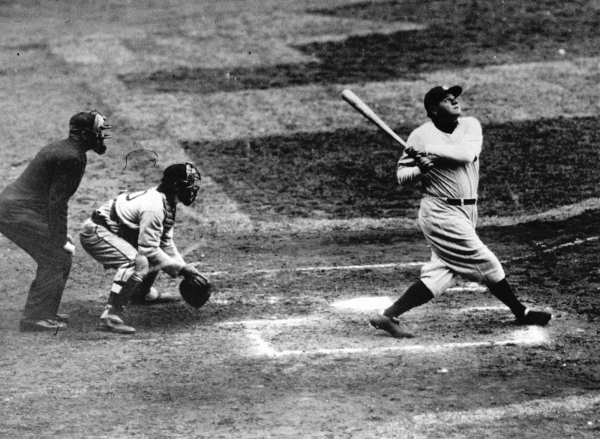
#2: Baseball (1994)
Written by Geoffrey C. Ward and Ken Burns
Very few things are as American as baseball. Aside from being the greatest competitive game ever devised by man (fight me), it’s an amazing representation of the best of the American culture. The scoring is simple and uncompromising, based entirely on strength and merit. The action is fast and almost always unpredictable. And baseball fans come in all ages, sizes, shapes, and colors – sitting next to each other enjoying the experience as one.
Burns created an epic series from this American pastime, bringing in baseball fans from all manner of profession and background to talk about the game and its philosophical underpinnings. He didn’t overlook the issues the game has had, detailing them fairly. But there was a hopefulness to the film that mirrors the optimism found in the game itself, and the bumps baseball has had on its way into the 21st century are hard-learned lessons that mirror the lessons the nation itself has had to learn.
Where to watch: Amazon Prime, PBS, Kanopy
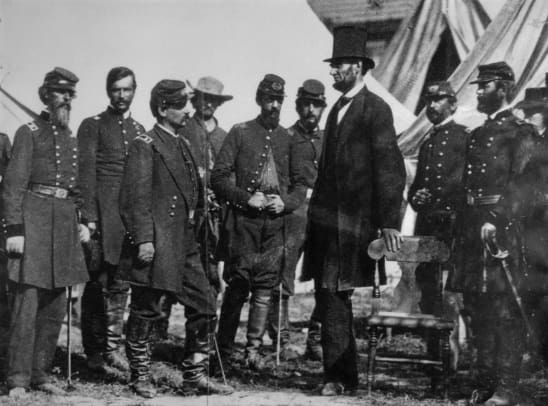
#1: The Civil War (1990)
Written by Geoffrey C. Ward and Ric Burns
The Civil War was Ken Burns’ magnum opus and is my favorite of his films. A triumph of historical documentary filmmaking that even Burns himself has not surpassed (though both Jazz and Baseball come incredibly close), this film is the definitive cinematic retelling of the American Civil War—and is done with more care, precision and detail than any Hollywood drama based on the same event. And it was this film that gripped my young imagination and opened me up to the possibilities of history.
The story of the Civil War is ripe for cinema, and there have been many attempts. It’s a dramatic, epic story with heroes and villains, and a solid moral center. However, none have really undertaken the breadth and scope of the struggle like Ken Burns’ film. The stories, large and small, intertwined with one another perfectly and created an astonishingly holistic look at the conflict. The Civil War‘s exhaustive length even added to its power, as one feels as if one has been through a journey by the end. It gives this film a weight and understanding that a simple two-hour narrative could never do.
Check out my full review here.
Where to watch: Netflix, Kanopy



